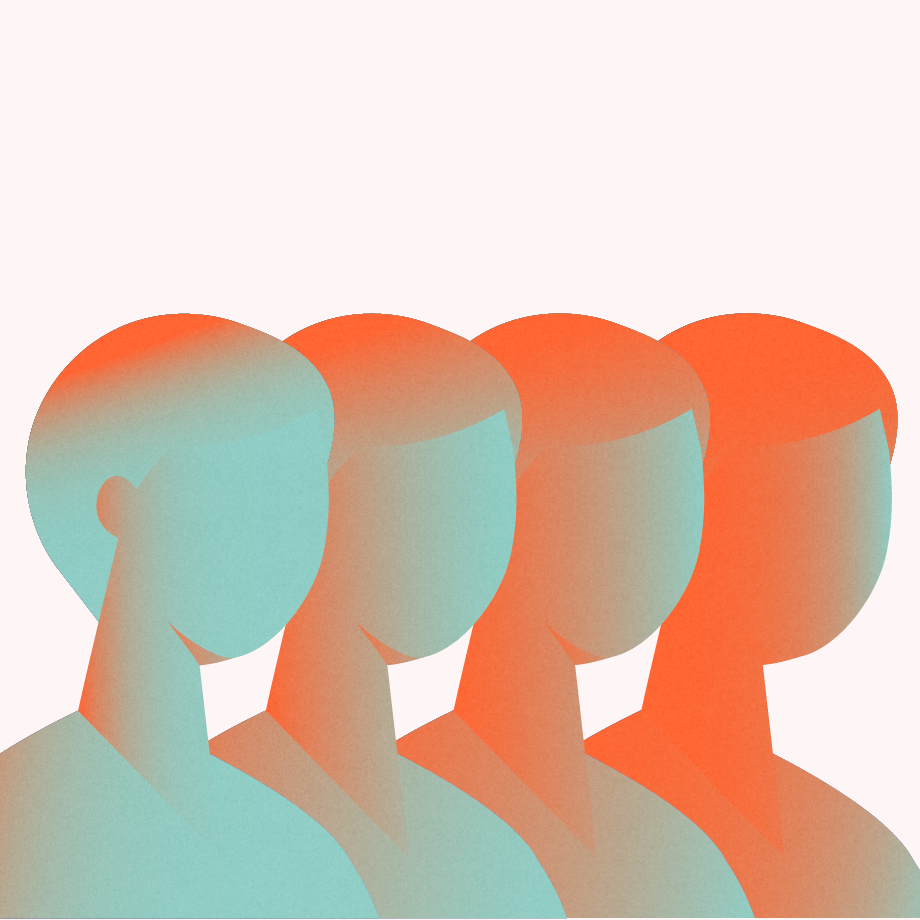
New insights on migraine triggers
Migraine is a complex and multifaceted brain disorder.1 Although the origin of the neuronal mechanisms remains unidentified, the frequency of migraine attacks is related both to the genetic component carried by the individual and to environmental trigger factors.1,2
- Common triggers include dietary sensitivities, menstruation, bright lights, loud noises and relaxation after stress; however, many migraine attacks do not appear to have an obvious trigger and cannot always be avoided3
- Multiple triggers may have to combine and overcome a threshold to precipitate a migraine attack4
The results of a large, European study analysing the burden of migraine in terms of triggers and other migraine characteristics has recently been published.5 Data from 3,900 adult migraine sufferers in 17 European countries were captured through the smartphone app Migraine Buddy®, over a 13-month period:5
- On average, the participants experienced migraine attacks on 8.3 days/month
- Commonly reported migraine triggers included:More than 80% of female participants (2,059 of 2,545 individuals) reported menstruation as a trigger of migraine
- Sleep alterations (reported by 69.5% of the participants)
- Psychological factors (65.9%)
- Nutrition (55.6%)
- Menstruation (52.8%)
- Environmental (weather-related) factors (48.8%)
- More than 80% of female participants (2,059 of 2,545 individuals) reported menstruation as a trigger of migraine
- 39.4% (n=1,537) reported anxiety or depression as a migraine symptom or trigger at least once, indicating the high burden of migraine on overall well-being
How do migraine trigger patterns vary?
See also What do people with migraine want
When looking at trigger patterns over time, the contribution of trigger factors appears to differ from month to month.6 For example, in this European study, the weather was reported as a trigger of three times as many attacks in some months as in others. The impact of nutrition and intake of certain foods can also fluctuate, with nearly double the contribution in some months versus others.6
Figure 1: Migraine triggers over time
Thus, although tracking migraine patterns helps patients recognise and pre-empt or avoid triggers, it may still not be possible to determine and predict the cause of every migraine attack as migraines may require multiple triggers. However, prophylactic medications can be used in conjunction with pre-emptive lifestyle measures to reduce the impact of migraine on the patient regardless of trigger factors, helping to reduce the disease burden and increase the patient’s quality of life.6,7
Helping patients to manage their migraines using a diary
See also Talking to Your Patients
A migraine diary can help to keep track of migraine attacks and can provide valuable information to:
- Identify triggers3,8
- Inform the course of treatment by highlighting disruptive side effects, insufficient efficacy or opportunities for preventive therapy7,8
- Highlight the impact of the headache disorder on the person’s life, prompting discussions about the full range of management options to improve the patient’s quality of life7,8
Encourage your patients to use a migraine diary; templates can be downloaded and printed out or the patient can use a digital app, such as Migraine Buddy®, to record the details of their migraine and gather information about their attacks. In this way, your patients can gain more awareness about the onset of their attacks and which triggers to avoid.
Find further information on optimising management of migraine in the NeurologyBytes Knowledge Hub, including preventive treatment.
Goadsby PJ et al. Pathophysiology of migraine: a disorder of sensory processing. Physiol Rev 2017;97:553–622.
Gasparini CF et al. Studies on the pathophysiology and genetic basis of migraine. Curr Genom 2013;14:300–315.
British Association for the Study of Headache. Guidelines for all healthcare professionals in the diagnosis and management of migraine, tension-type headache, cluster headache and medication-overuse headache. Available at http://www.bash.org.uk/ (accessed November 2018).
National Institute for Health and Care Excellence. Clinical knowledge summaries: migraine updated February 2018. Available at https://cks.nice.org.uk/migraine#!scenarioclarification:3 (accessed November 2018).
Vo P et al. Burden of migraine in Europe using self-reported digital diary data from the Migraine Buddy® application. Neurol Ther 2018;epub ahead of print.
In association with Healint, based on Migraine Buddy data-sets for research.
National Institute for Health and Care Excellence. Headaches in over 12s: diagnosis and management. Clinical guideline 150. September 2012 (updated 2015).
Silberstein SD. Practice parameter: evidence-based guidelines for migraine headache (an evidence-based review): report of the Quality Standards Subcommittee of the American Academy of Neurology. Neurology 2000;55:754–762.



